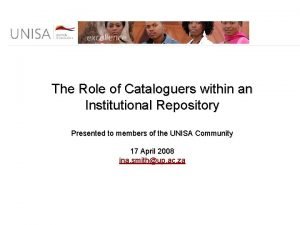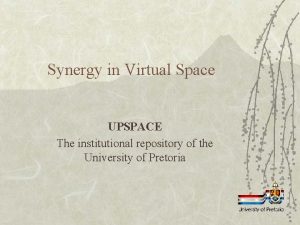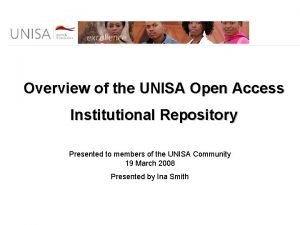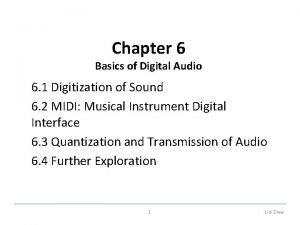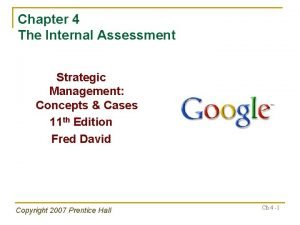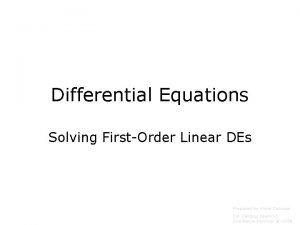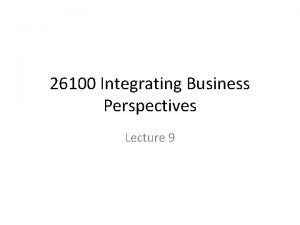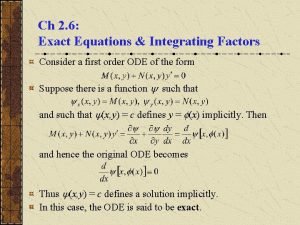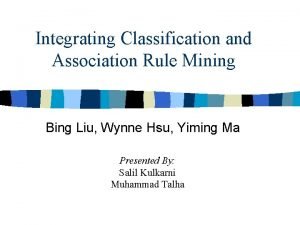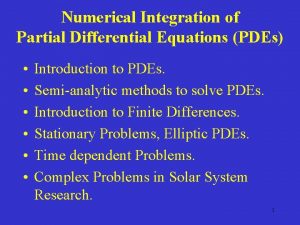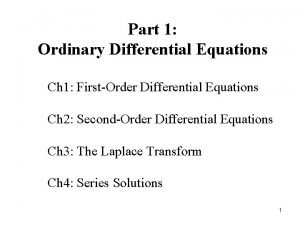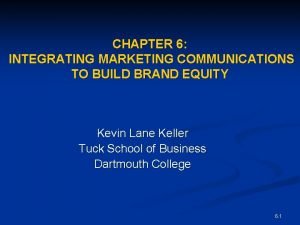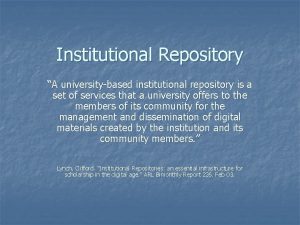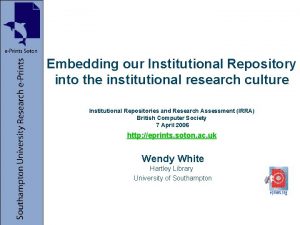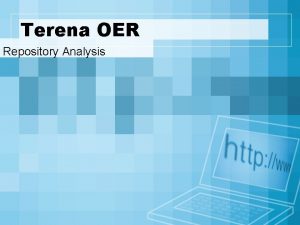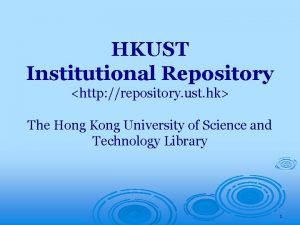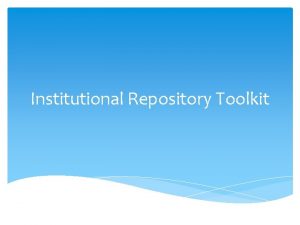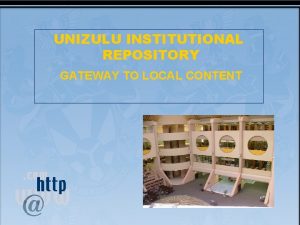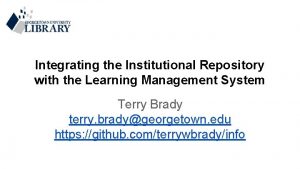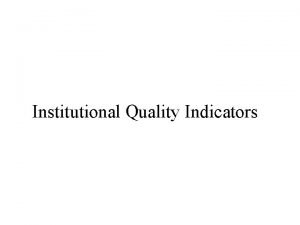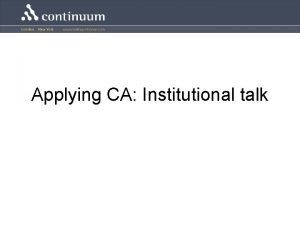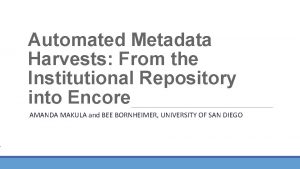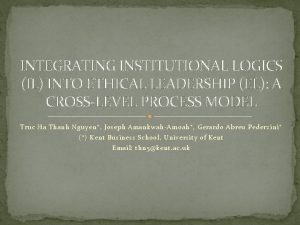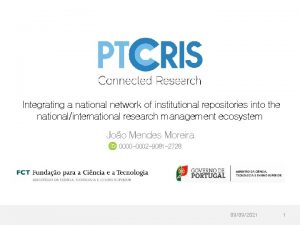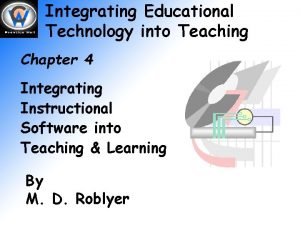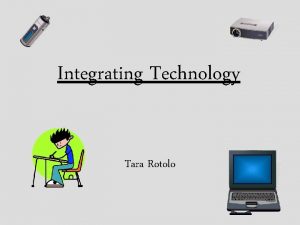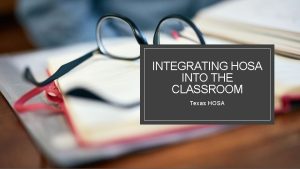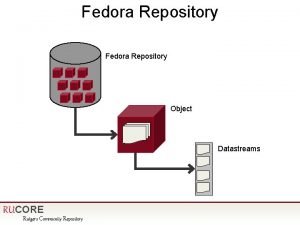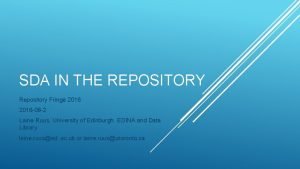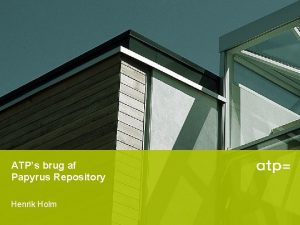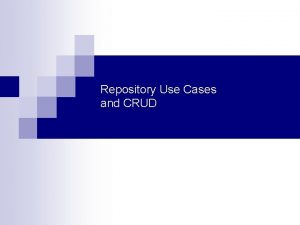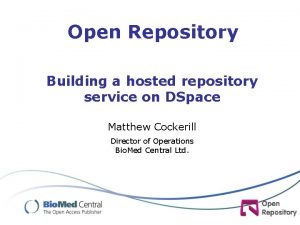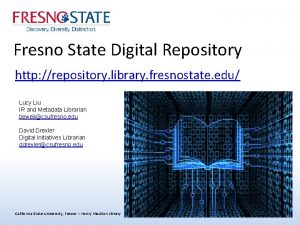INTEGRATING DIGITIZED MATERIAL INTO AN INSTITUTIONAL REPOSITORY THE

























- Slides: 25

INTEGRATING DIGITIZED MATERIAL INTO AN INSTITUTIONAL REPOSITORY: THE CASE OF “SOMNI” AND “EUROPEANA REGIA” AT THE UNIVERSITAT DE VALÈNCIA Elisa Millás José Manuel Barrueco Universitat de València (Spain)

Contents 1. Digital collections at the Universitat de València 2. The Europeana Regia (ER) project 3. Restructuring the digital collections: 1. Digitization standards 2. New workflows 3. Integration in the institutional repository 1. System architecture 2. Reuse of metadata 3. New software: xslt viewer 4. Conclusions and future work

1/4. Digital collections at the Universitat de València • The Universitat de València was founded in 1499 • It has an important collection made up of: • Manuscripts: 2978 titles in 1100 volums (13 th-20 th centuries) Ø 226 codex from the Library of the Aragon Kings of Naples Ø Over 2000 manuscripts (16 th-18 th centuries) Ø 500 manuscripts (19 th-20 th centuries) • Incunabula: 334 Ø Printed in 38 cities (Italy, Spain, France and Germany) Ø Unique or rare books Ø Great historical and material value • 16 th-18 th century historical collection: more than 40. 000 • Collection of posters of the Spanish Civil War


1/4. Digital collections at the Universitat de València SOMNI: Digitization project of historical collections (2000) Main characteristics: • Selection policy: - Works by Valencian authors - Interest of the materials (incunabula) - Interest to researchers • Digitization from microfilms, not from the original documents • Microfilm and digital images produced by external service provider with no quality control in house • Technical details: - Closed environment - Digital collections accesible through the library catalog - MARC 21 metadata for all matherials - A document is a collection of images without any structural metatada - B/w digital images in GIF format - No digital archival versions - Management of images using MMM (Millenium Media Management) - Viewer of documents using JAVA Tiff. View. The user needs to have Java enabled


1/4. Digital collections at the Universitat de València Two important changes: • 2008: The University joins the Berlin Declararion on Open Access and creates the institucional repository RODERIC (Repositori Obert per a l’Ensenyament, la Recerca i la Cultura): • http: //roderic. uv. es • Single point to distribute the digital production in research, teaching and culture • Digitized materials should be integrated in the repository • Based in open source software: Dspace • 2010: The university becomes a partner in the European funded project: Europeana Regia Lead to a restructuring of the digitized collections: • Use of digitization standards • New digitization workflows • Integration of digitized collections in the institutional repository

2/4. The Europeana Regia project v Project funded by the European Commision under the ICT PSP v Managed by the Bibliothèque nationale de France v Started in January 2010 and runs for 30 months v It’s the first collaborative project, among European libraries, that aims to reconstruct, in the form of a virtual library, the most important European royal collections of Mediaeval and Renaissance manuscripts: Ø Bibliotheca Carolina (8 th-9 th centuries) Ø The Library of King Charles V (14 th century) Ø The Library of the Aragon Kings of Naples (14 th-16 th centuries) v 874 manuscripts more than 307. 000 images v Aimed at researchers, students and general European citizens http: //www. europeanaregia. eu/

2/4. The Europeana Regia project Digitization standards • Digitization process • Use of identifiers New workflows • Quality management New software Common and standardized procedures New workflow International metadata standards (XML, EAD, TEI, METS) OAI PMH New procedures

3. 1/4. Digitization standards • Digitization process – – – • From the original works Resolution: 300 -600 dpi TIFF files (preservation) JP 2 format (web display) Scanning instructions Use of identifiers – Defined file naming convention: uv_ms_0382_0001_ea – Use of persistent identifiers like handles: hdl: //10550/20038 – Use of simple uris: http: //roderic. uv. es/uv_ms_0382 • Metadata – Descriptive metadata • MARC 21 (Library catalog) • DCTERMS (Dspace mapped from Library catalog) – Technical metadata • MIX (Automatically extracted using JHOVE) – Administrative metadata • METSRights – Structural metadata • METS (Used to build a complex digital object integrating all previous types of metadata)

3. 2/4. New workflow Selection and preparation of documents for digitization Selection L Digitization Handling of documents and capture of images DT Document review Assessment L Cataloguing L Storage of images and metadata files DT Verification DT Correction and rework DT Treatment of images • Rename • Digital treatment DT Scan list Nonconforming form Creation of structural and technical metadata description of illustrations DT L L Librarian DT Digitization Technician C Computing Staff Data base (Access) Construction of the digital object and availability in repository Quality control Monitoring images L Monitoring metadata L Consent form Production of derivative files L C Integration of files and metadata in a METS file: • Images • Technical metadata C • Descriptive metadata • Structural metadata L Ingest of data in DSpace L Document available in Internet

3. 3. 1/4. Integration in the institutional repository System architecture Images and metadata production Storage system Archive Management system Derivatives Search and browse Document viewer User Search Browse TIFF images dcterms XSLT viewer TXT file: structural metadata JP 2 images Doc ID METS file Library catalog MARC 21 records

3. 3. 2/4. Integration in the institutional repository Reuse of metadata – Digital collections managed using two different applications: • Library catalog (Millenium, MARC 21) • Institutional repository (Dspace, DCTERMS) – All materials must be previously described in the library catalog – Library staff works on the library catalog only (additions/modifications/deletions) – Metadata should be reused in the repository and sincronized with the catalog so that additions, modifications and deletion of metadata in the catalog are automatically replicated in the repository – The sincronization between catalog and repository is done as follows: • All metadata records are periodically extracted out of the catalog • An update script is applied

read records in source data; (data in MARC 21 exported from Millenium) read record ids stock; (Berkeley database: record id -> MD 5 checksum signature) for. Each record in source data create current record signature; seek record id and signature in stock; if the record id is not in the stock of known ids (that’s the record id is new) convert MARC 21 record to DCTERMS; ADD record into Dspace; else if the current signature of record id = its previous signature then: (record not modified) else (record has been modified in source) convert MARC 21 record to DCTERMS; UPDATE record in Dspace; end if mark this record id as already processed; store new id signature in stock; end if end for. Each record id in stock if id not marked as processed then (the record is not in the current source) DELETE record in Dspace; delete record id in stock; else unmark record id as processed; end if end for. Each

3. 3. 3/4. Integration in the institutional repository Software development: xslt viewer – – – Dspace has a limitation in the visualization of complex digital objects They only can be rendered as series of different and isolated files An additional plug-in is needed in order to render a digitized work properly We choose to develop our own viewer based on XML The result is a XSLT stylesheet which reads a METS file and produces a series of HTML pages Functions – – – • • • Navigate physical structure of the work Representation of the logic structure of the work Mosaic presentation Zoom Display of individual metadata for each page







4/4. Conclusions and future work - At present, the proper management of digital collections is not just an option but an obligation and a responsibility in the hands of information professionals - Objective: To provide digital collections Optimize available resources Consistent and enduring Interoperable networked Avoid dependence on propietary software Observe international standards Adopt best practices Visible and easily accessible Assign administrative, descriptive, structural and preservation metadata to all digital objects Implement digital preservation policies committed to long-term management

4/4. Conclusions and future work - Keep looking for better technical solutions - Implement OCR text recognition - Develop a preservation plan - Explore the possibilities of Linked Open Data

http: //roderic. uv. es http: //www. europeanaregia. ue

Thank you for your attention! Elisa Millás elisa. millas@uv. es José Manuel Barrueco jose. barrueco@uv. es
 Unisa institutional repository
Unisa institutional repository Synergy software repository
Synergy software repository Unisa institutional repository
Unisa institutional repository Chapter 6 audio basics
Chapter 6 audio basics Quotation marks rules
Quotation marks rules Paragraph writing
Paragraph writing Gd & t symbols
Gd & t symbols Example of material culture
Example of material culture Material usage variance = material mix variance +
Material usage variance = material mix variance + How would you differentiate useful from harmful materials?
How would you differentiate useful from harmful materials? Ethnocentrism examples
Ethnocentrism examples Material and non material culture examples
Material and non material culture examples Integrating public health and primary care
Integrating public health and primary care Foramen interventriculare
Foramen interventriculare Internal and external assessment in strategic management
Internal and external assessment in strategic management Knapp stages
Knapp stages Integrating factor formula
Integrating factor formula Integrating qualitative and quantitative methods
Integrating qualitative and quantitative methods Integrating business perspectives
Integrating business perspectives Integrating factor of differential equation
Integrating factor of differential equation Non exact ode calculator
Non exact ode calculator Integrating classification and association rule mining
Integrating classification and association rule mining Differential equation exponential solution
Differential equation exponential solution Integration of partial differential equation
Integration of partial differential equation Integrating factor of differential equation
Integrating factor of differential equation Integrating marketing communication to build brand equity
Integrating marketing communication to build brand equity
